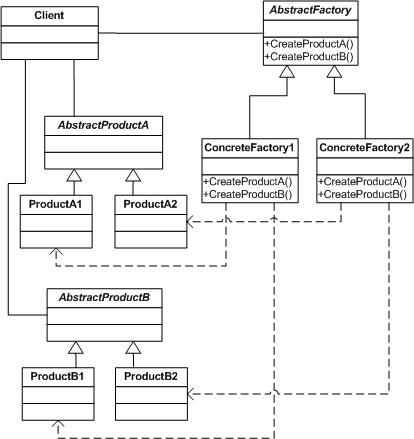|
|
看了很久數據結構但是沒有怎么用過,在網上看到了關于php的數據結構,學習了一下,與大家一起分享一下。上一次分享了《php小教程之實現鏈表》,這次來補充說一下雙向鏈表。
復制代碼 代碼如下:
<?php
class Hero
{
public $pre=null;
public $no;
public $name;
public $next=null;
public function __construct($no='',$name='')
{
$this->no=$no;
$this->name=$name;
}
static public function addHero($head,$hero)
{
$cur = $head;
$isExist=false;
//判斷目前這個鏈表是否為空
if($cur->next==null)
{
$cur->next=$hero;
$hero->pre=$cur;
}
else
{
//如果不是空節點,則安排名來添加
//找到添加的位置
while($cur->next!=null)
{
if($cur->next->no > $hero->no)
{
break;
}
else if($cur->next->no == $hero->no)
{
$isExist=true;
echo "<br>不能添加相同的編號";
}
$cur=$cur->next;
}
if(!$isExist)
{
if($cur->next!=null)
{
$hero->next=$cur->next;
}
$hero->pre=$cur;
if($cur->next!=null)
{
$hero->next->pre=$hero;
}
$cur->next=$hero;
}
}
}
//遍歷
static public function showHero($head)
{
$cur=$head;
while($cur->next!=null)
{
echo "<br>編號:".$cur->next->no."名字:".$cur->next->name;
$cur=$cur->next;
}
}
static public function delHero($head,$herono)
{
$cur=$head;
$isFind=false;
while($cur!=null)
{
if($cur->no==$herono)
{
$isFind=true;
break;
}
//繼續找
$cur=$cur->next;
}
if($isFind)
{
if($cur->next!=null)
{
$cur->next_pre=$cur->pre;
}
$cur->pre->next=$cur->next;
}
else
{
echo "<br>沒有找到目標";
}
}
}
$head = new Hero();
$hero1 = new Hero(1,'1111');
$hero3 = new Hero(3,'3333');
$hero2 = new Hero(2,'2222');
Hero::addHero($head,$hero1);
Hero::addHero($head,$hero3);
Hero::addHero($head,$hero2);
Hero::showHero($head);
Hero::delHero($head,2);
Hero::showHero($head);
?>
php技術:PHP小教程之實現雙向鏈表,轉載需保留來源!
鄭重聲明:本文版權歸原作者所有,轉載文章僅為傳播更多信息之目的,如作者信息標記有誤,請第一時間聯系我們修改或刪除,多謝。



